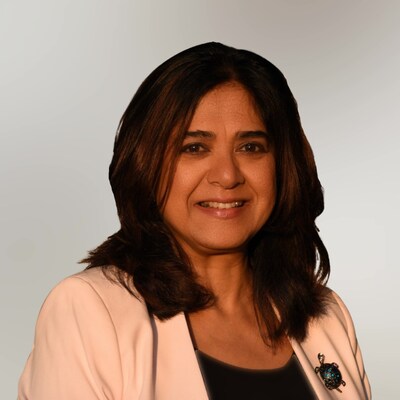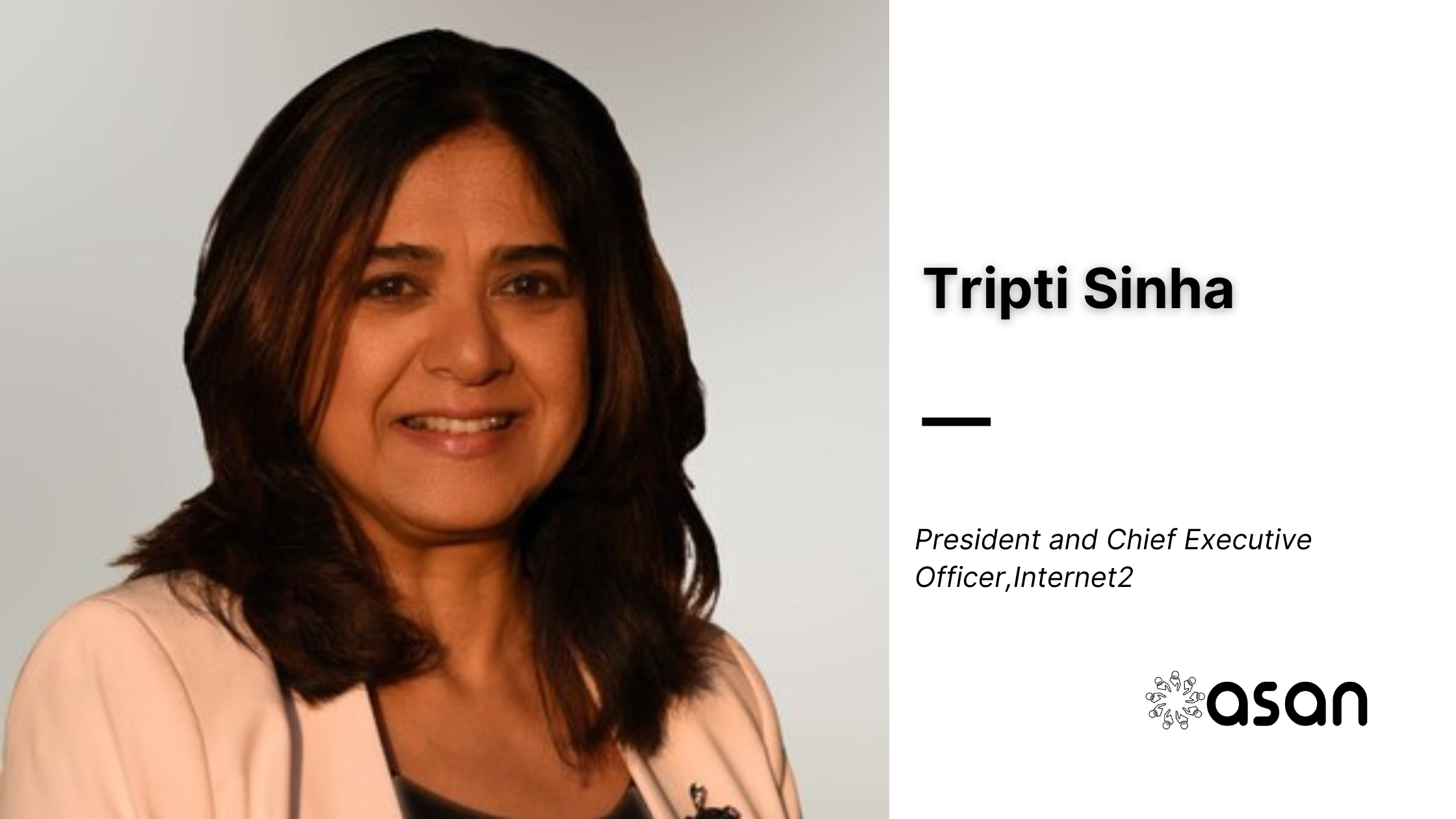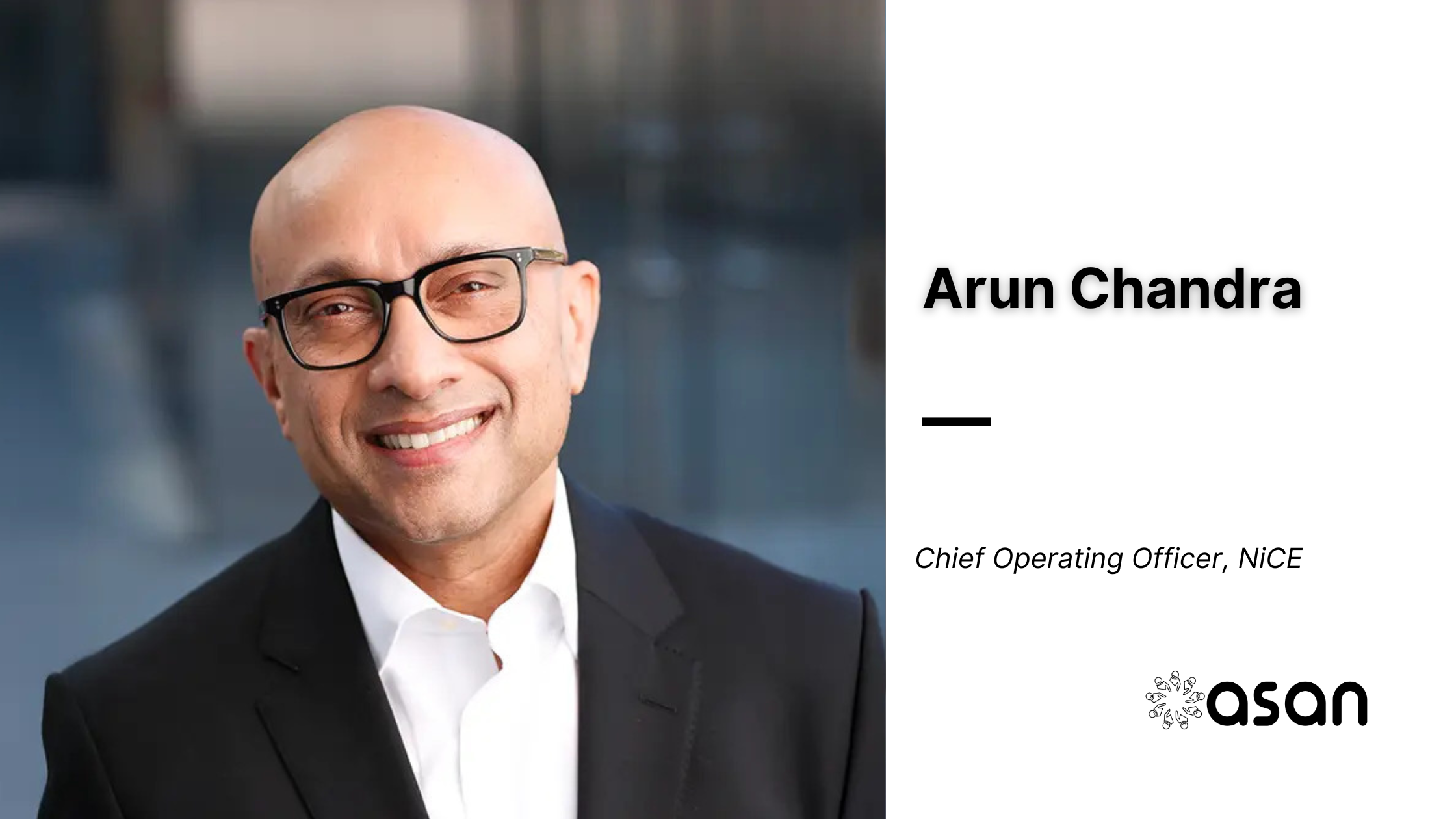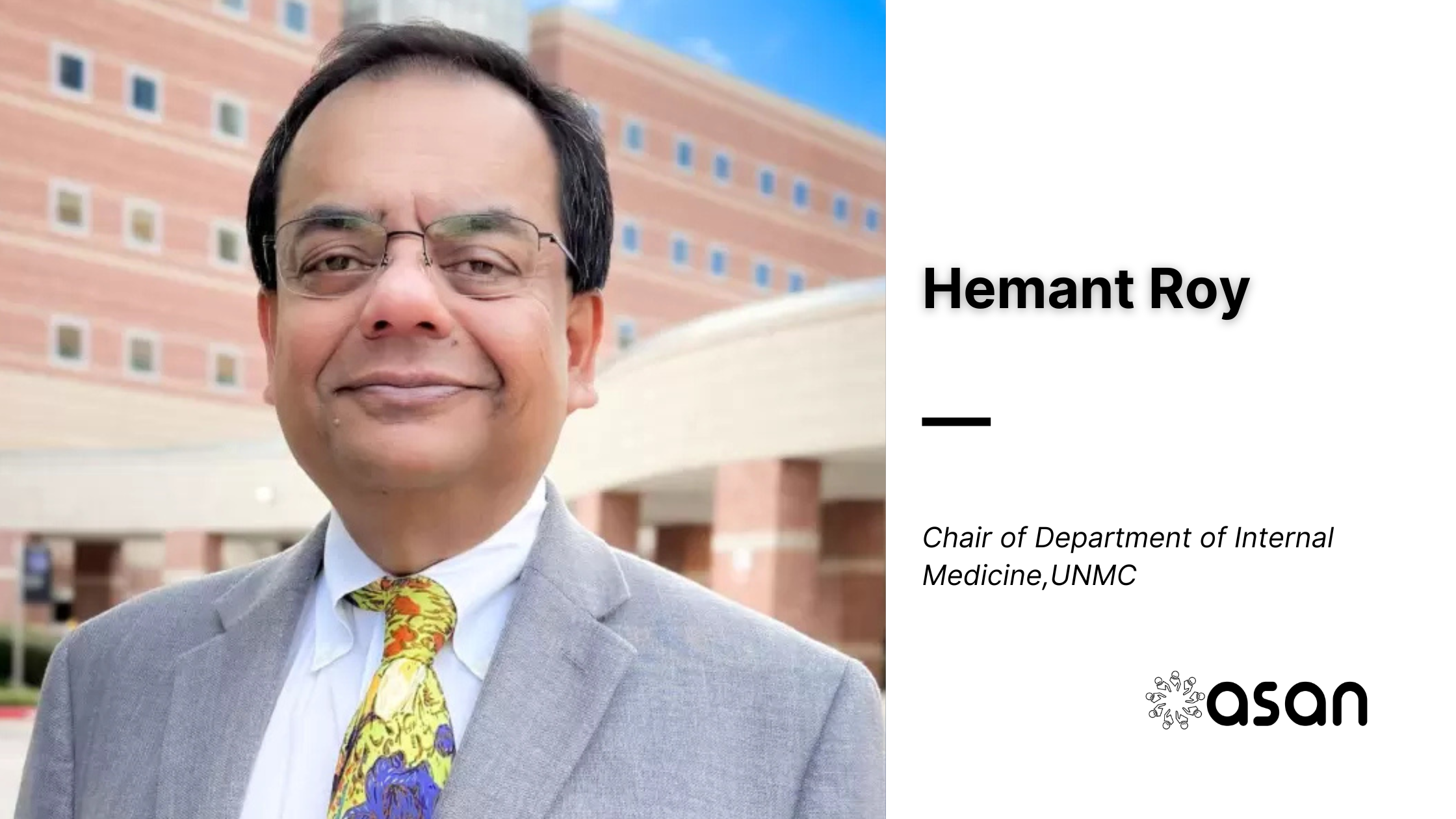When Internet2 announced on November 20, 2025, that its Board of Trustees had elected and reappointed several members, one short line near the end of the release quietly marked an important development for South Asian American leadership in U.S. technology and higher education. The organization confirmed that Tripti Sinha, its president and chief executive officer, has transitioned from an elected network representative seat on the board to the ex officio president and CEO seat, formalizing her governance role at the helm of the nation’s primary research and education network.
Internet2, a nonprofit, member-driven consortium founded in 1996, operates the largest high-speed research and education backbone network in the United States. It connects hundreds of universities, government agencies, laboratories, and regional networks, supporting advanced work in artificial intelligence, data-intensive science, and cloud computing. Its Board of Trustees provides strategic direction and oversight for this infrastructure, making the composition of the board a meaningful signal of who helps shape the digital foundation of American research and higher education.
In its November announcement, Internet2 detailed the election of one new trustee, Bret Blackman of the University of Nebraska System, the re-election of board vice chair Cynthia Larive of the University of California, Santa Cruz, and the appointment or reappointment of several other senior university leaders. The release also noted that Sinha, previously elected as a network representative, will now serve on the board by virtue of her position as president and CEO. That ex officio seat ensures the organization’s chief executive is fully integrated into the board’s deliberations on network investments, cloud strategy, security, and community initiatives.
While the change is procedural at one level, it matters for representation and influence. As president and CEO, Sinha already leads Internet2’s operational and strategic work on advanced networking, cloud services, and identity and access management solutions that power research and learning across the country. Her ex officio board role aligns the organization’s executive leadership directly with its governing body, giving her a formal voice in high-level decisions about long-term technology investments, partnerships, and risk. For a South Asian American leader who has spent decades shaping the technical underpinnings of the internet, it is another step in consolidating leadership within a critical national institution.
Tripti Sinha’s path to this moment runs through both India and the United States. She was born in India and has lived between the two countries, an experience she has described as deepening her appreciation for global pluralism. Now based in the United States, she has built a career in internet infrastructure and cyber-infrastructure technologies that spans engineering, operations, finance, policy, and governance.

Before joining Internet2 as president and CEO, Sinha served as assistant vice president and chief technology officer at the University of Maryland in the Division of Information Technology. There she led Advanced Cyber Infrastructure and Internet Global Services, including the Mid-Atlantic Crossroads (MAX), a high-performance regional research and education network that provides 100G connectivity and advanced services for universities, laboratories, and federal agencies. She was also responsible for the university’s high performance computing strategy, giving her hands-on experience with the infrastructure demands of modern science and engineering.
Sinha is equally prominent on the global stage. She currently serves as chair of the Board of Directors of the Internet Corporation for Assigned Names and Numbers (ICANN), the body that coordinates the internet’s domain name system. In that role she has been a visible voice in discussions of DNS security, global governance, and the future of internet addressing, while continuing to advocate for research and education networking in the United States. Several ICANN and community biographies emphasize her long-standing leadership in both U.S. networking initiatives and international internet governance, reinforcing how unusual it is for one leader to sit at the center of both communities.
Her transition to the ex officio Internet2 board seat therefore marks more than an internal governance tweak. It symbolizes the convergence of multiple layers of responsibility: as chief executive of the national research and education network, as chair of ICANN’s board, and as a South Asian American technologist whose career has bridged continents and institutions. For South Asian American communities watching leadership pipelines in science and technology, Sinha’s role is a reminder that influence does not only reside in visible corporate C-suites or government cabinet posts. It also sits in the technical and governance bodies that keep the internet itself functioning.
The timing of the change is important as well. Internet2 is working with its community on AI-optimized computing, secure cloud connectivity, and identity frameworks that allow researchers to collaborate across institutions and borders. Its network underpins work on climate modeling, biomedical research, and large-scale data analysis. As president and CEO, Sinha will be deeply involved in decisions about upgrading the backbone, partnering with cloud providers, and supporting campus technology teams, especially as universities confront tight budgets and rising expectations from researchers. With a formal board seat tied to her office, she is better positioned to connect what she hears from the community with the board-level choices that determine Internet2’s strategic direction.
For South Asian American students and professionals in computing, engineering, and policy, Sinha’s trajectory offers a model of leadership that is technical, collaborative, and governance-focused. Her career has combined deep expertise in network engineering with an ability to navigate multistakeholder institutions such as ICANN and organizations like The Quilt, which represents regional research and education networks across the United States. Those roles demonstrate that high-impact leadership can mean shaping the rules, architectures, and collaborations that enable others to innovate.
At a time when debates over artificial intelligence, cybersecurity, and global connectivity are especially intense, representation in these domains is not symbolic. Leaders like Sinha help bring different lived experiences and perspectives to questions about who benefits from advanced networks, how communities are included in decision-making, and how to balance openness with security. Her continued ascent within Internet2’s governance reinforces the presence of South Asian American voices at the center of those conversations.
As Internet2’s expanded board begins its work with new and reappointed trustees, Sinha’s ex officio role may help align board deliberations with the realities of operating a complex national network in partnership with hundreds of institutions. The move signals confidence in her leadership from both the community and the board, and it underscores the extent to which South Asian American technologists now sit at the heart of U.S. digital infrastructure.
Key Takeaways About Tripti Sinha
- Tripti Sinha now holds an ex officio seat on the Internet2 Board of Trustees as president and CEO.
- She leads Internet2, the primary U.S. research and education network serving universities, government, and labs nationwide.
- Born in India and based in the United States, she embodies South Asian American leadership in critical internet infrastructure.
- Sinha also serves as chair of the ICANN Board, giving her a rare dual role in national and global internet governance.
- Her enhanced board role strengthens South Asian American representation in decisions about advanced networking, cloud, and cyber-infrastructure.



